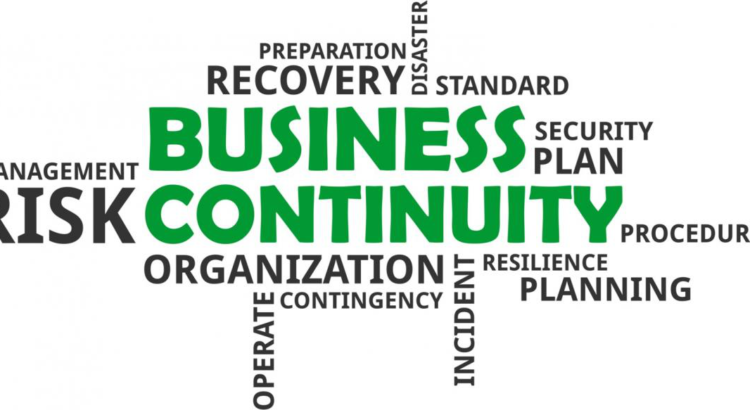You are well aware of the importance of your organization’s IT infrastructure to the continuity of your business operations.
But, like every other business owner, you simply cannot guarantee that your ICT system will see out a natural or man-made disaster—no matter how well resourced you are.
However, what you can do and have already decided to act on is to come up with an IT disaster recovery plan. So that, in the event of an IT disaster, you don’t have to face lengthy downtimes and lose critical business data—both of which can cost you hundreds and thousands of dollars.
The question is:
What elements must you include in your IT disaster recovery plan to ensure that it is robust enough to serve you in the hour of need?
To help you, the team of Rete Consulting has compiled a list of IT disaster recovery plan essentials.
1. Consideration for Your Current and Projected Computing Needs
In the event of disaster, you will be relying on secondary set of resources to provide you with a backup until normality is restored. That means your secondary resources should have the capacity to accommodate the load requirements and computing needs.
Therefore, audit your current computing load. Establish and document what will be required to serve as an effective secondary backup.
But wait, don’t just approve the plan yet; you don’t know when the disaster is likely to strike.
As such, depending on the timeline, your computing needs are also likely to grow. So always factor your projected computing needs as well when creating an IT disaster recovery plan.
2. Consideration for accepted levels of RTO and RPO
RTO or recovery time objective is the downtime your business can afford in its operations, without having to face unacceptable consequences. RPO, or recovery point objective, is the age of files that you must recover in case of data loss to resume normal business operations.
You need to set accepted levels for both and take them into consideration when creating an IT disaster recovery plan.
This would help you to invest in a hardware-software system that effectively meets the post-recovery objectives.
3. Clear and Easy to Understand Instructions
You will need a team of professionals to execute your IT disaster recovery plan. Since in an event of a disaster the situation often gets chaotic, it is important that the instructions contained in the plan are clear and easy to understand. You don’t want to be using too many jargons. You don’t want to be documenting paragraphed instructions.
4. A Testing Strategy Within the Plan Itself
Testing your IT disaster recovery plan is very important. Most businesses fail to address this in their provisioned plans. This way, they never come to know whether their recovery plan is working or not. They further fail to identify the loopholes and correct them. And, when a disaster eventually strikes, the realization can be unforgiving.
Therefore, when you are creating an IT disaster recovery plan for your business, always provision a testing strategy in it. It could contain details of a test drill and how often these drills should be held.
Structure your IT disaster recovery plan on these four elements of consideration along with others, and your IT disaster recovery plan will never fail you.
Need Professional Help?
Rete Consulting can help you in designing your IT disaster recovery plan. Along with our IT consultancy services, we also provide managed IT system support to businesses in Austin, TX. Get free consultation today.
